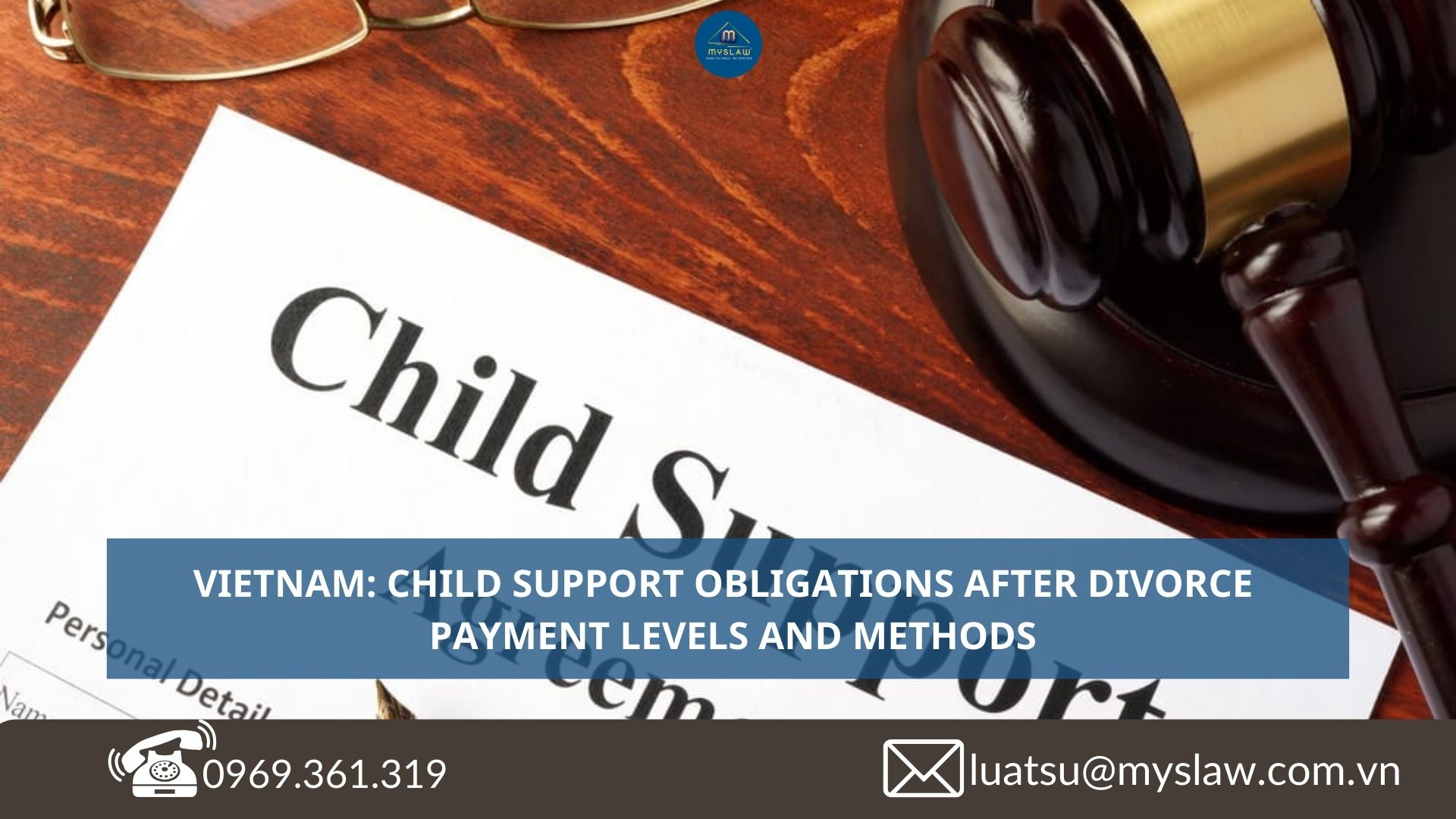Who is Obligated to Support Children After a Divorce in Vietnam?

According to Article 82 of the Law on Marriage and Family 2014, the parent who does not directly raise a child has the following obligations and rights:
1. Respect the child’s right to live with the parent who directly raises them.
2. Provide financial support for the child.
3. Maintain the right and obligation to visit and care for the child without obstruction.
4. The parent who directly raises the child may request the court to restrict the other parent’s visitation rights if they are misused in a way that negatively impacts the child’s upbringing.
Furthermore, subsection (a) of Section 11 of Resolution 02/2000/NQ-HDTP specifies:
1. Child support is a mandatory obligation of the non-custodial parent, regardless of the financial capability of the custodial parent.
2. Even if the custodial parent does not request child support, the court should explain that child support is the right of the child and encourage its enforcement.
Thus, child support remains an obligation of the non-custodial parent, unless the custodial parent voluntarily waives the request and has the means to support the child independently.
How Much is the Child Support Level After Divorce in Vietnam?
As stipulated in Article 116 of the Law on Marriage and Family 2014:
1. The child support level is determined through mutual agreement between the supporting parent and the custodial parent or guardian, based on actual income and the child’s essential needs. If no agreement is reached, the court will decide the amount.
2. The support level can be adjusted if justified by changing financial circumstances or the child’s needs.
According to Article 6 of the Draft Resolution guiding marriage and family dispute settlements by the Supreme People’s Court:
- Child support covers living and educational expenses.
- If the parents cannot agree, the court will set a minimum support level of at least two-thirds of the statutory pay rate and no less than 30% of the supporting parent’s average income over the past six months.
Thus, child support levels are determined by mutual agreement or court decision, ensuring they align with the child’s needs and the financial ability of the supporting parent.
What are the Child Support Methods in Vietnam?
Under Article 117 of the Law on Marriage and Family 2014:
- Support payments can be made monthly, quarterly, biannually, annually, or as a one-time lump sum.
- If the supporting parent faces financial difficulties, the parties may agree to adjust the support method or temporarily suspend payments, or request court intervention if no agreement is reached.
Additionally, Article 7 of the Draft Resolution guiding marriage and family dispute settlements states:
- The parties should mutually decide on the frequency and method of payments.
- If no agreement is reached, the court will decide based on the child’s best interests and the supporting parent’s financial condition, usually opting for monthly payments unless another arrangement is more suitable.
Conclusion
In Vietnam, child support after divorce is a legal obligation of the non-custodial parent, irrespective of the custodial parent’s financial capability. The support amount is determined through mutual agreement or by the court, ensuring it meets the child’s essential needs. Payments can be made flexibly, but if disputes arise, the court will decide on a method that best serves the child’s well-being.
The above information is provided by Mys Law. For any questions regarding the content of this article, please contact 0969.361.319 or email: [email protected] for further clarification. Best regards!
Compiler: Nguyen Anh Quan





